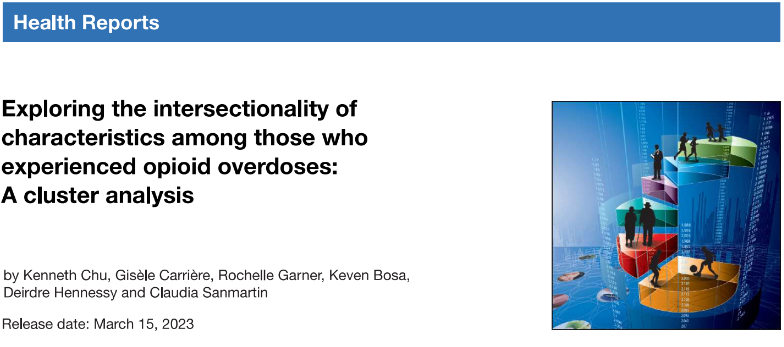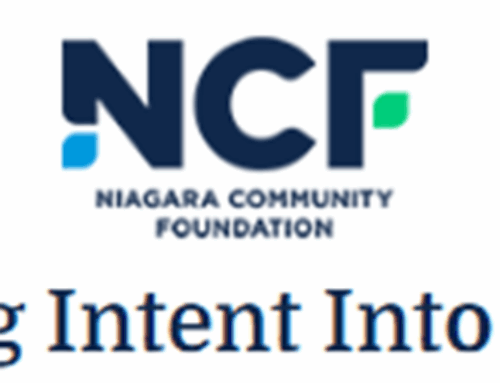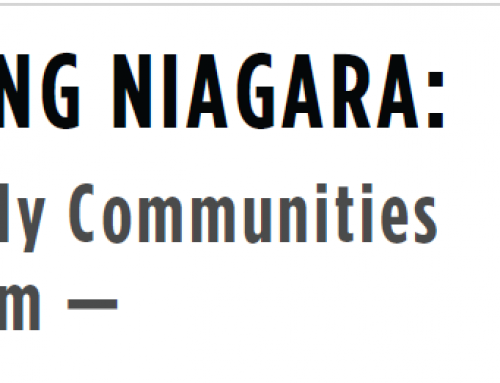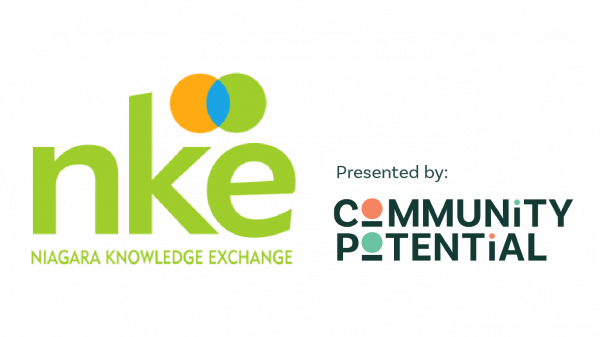This Statistics Canada research article provides insight into the intersection between the demographic, socioeconomic and service use characteristics of those experiencing opioid overdoses, to better inform prevention and treatment programs. The results revealed distinct patient profiles that can be used to better target interventions and treatment.
Researchers conducted cluster analysis, using data from the Statistics Canada British Columbia Opioid Overdose Analytical File (BCOOAF). The BCOOAF represents people’s opioid overdoses between January 2014 and December 2016 (n = 13,318). The BCOOAF contains administrative health data from British Columbia linked to Statistics Canada data, including on health, employment, social assistance and police contacts.
This type of analysis enables the identification of distinct profiles of individuals experiencing opioid overdoses as well as information on the systems (i.e., healthcare and justice) that they contact on a frequent basis. This type of information can be used to better target and tailor programs and identify points of intervention to support treatment and lessen harms.
The results revealed a six-cluster solution, composed of three groups (A, B and C), each with two distinct clusters (1 and 2). Individuals in Group A were predominantly working-age males who used non-opioid prescription medications with little to no use of hospital services. Individuals in Cluster A1 were employed with high incomes, many working in construction, and had a high rate of fatal overdoses, while individuals in Cluster A2 were precariously employed and had varying levels of income.
Individuals in Group B were predominantly female, mostly taking prescription opioids, had precarious to no employment with low to no income. Those in Cluster B1 were primarily middle-aged and receiving social assistance, while those in Cluster B2 were older, more frequent users of health care services and had very low to no income.
Individuals in Group C were primarily younger males with a higher rate of multiple overdoses, mostly unemployed and most had multiple contacts with police and the healthcare system. Those in Cluster C1 predominantly had no documented use of prescription opioid medications, and no documented use of opioid agonist treatment (OAT) – e.g., methadone or buprenorphine, while all individuals in Cluster C2 were on OAT.
Publication Date: March 15, 2023
Published By: Statistics Canada
Click here to access Exploring the intersectionality of characteristics among those who experienced opioid overdoses: A cluster analysis
Click here to access information about OPENN (Overdose Prevention and Education Network of Niagara)
Click here to access Alternatives to Criminalization of People Who Use Substances Community Of Interest, a forum for people who work in the field of substance use health and harm reduction; and for those impacted by Ontario’s drug-poisoning crisis and by the criminalization of people who use substances, to share resources, evidence and information related to decriminalization efforts in Ontario and beyond.






